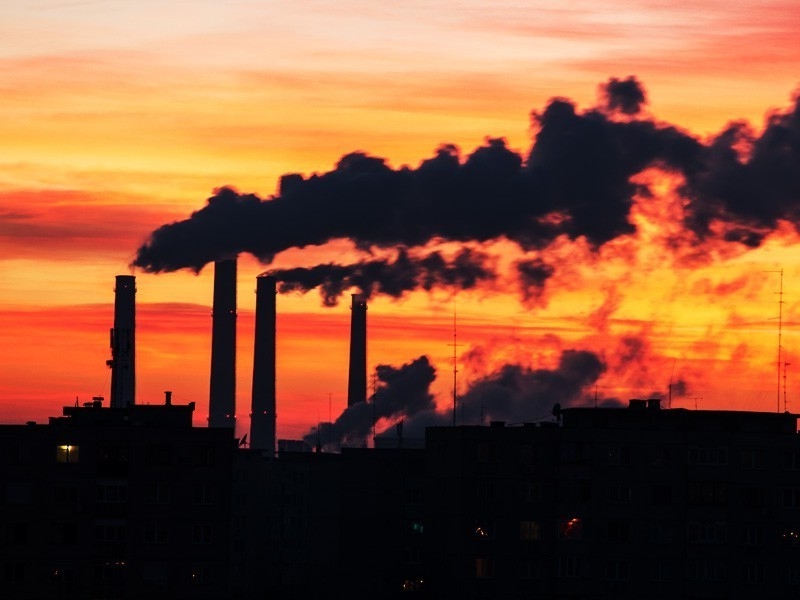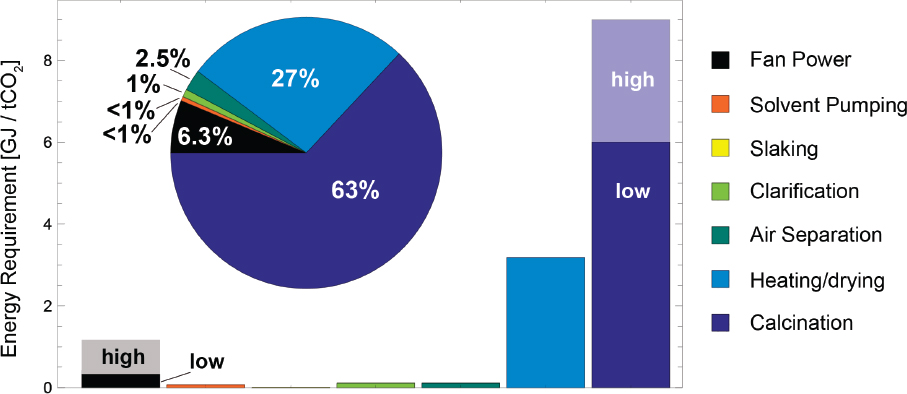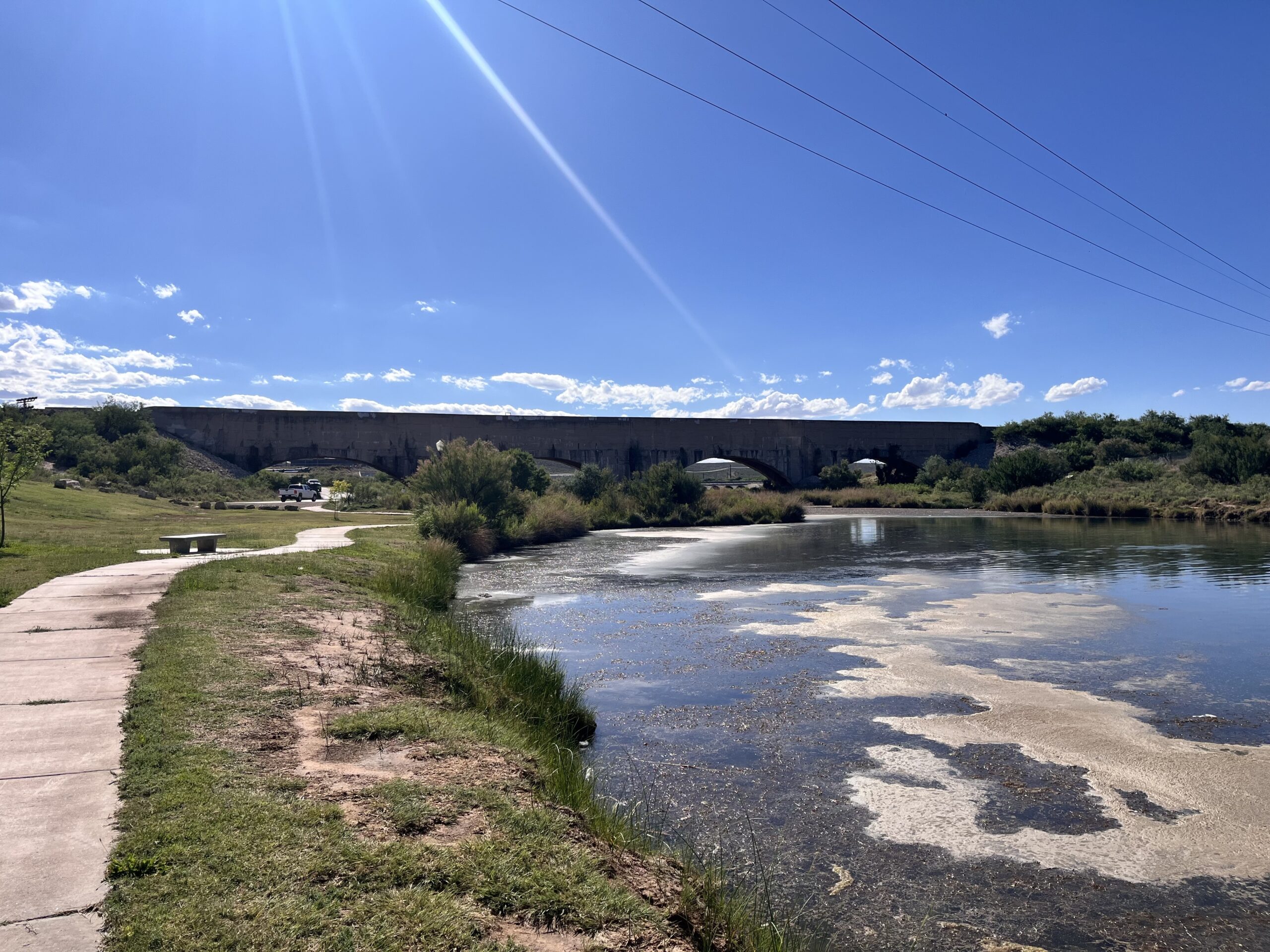Air pollution in Baltimore’s Curtis Bay community linked to nearby coal terminal activity, wind – Johns Hopkins University

Report on Air Pollution in Curtis Bay and its Implications for Sustainable Development Goals
Executive Summary
A community-driven study has established a direct link between bulldozer activity at the Port of Baltimore’s open-air coal terminal and elevated levels of harmful air pollutants in the adjacent residential community of Curtis Bay. The findings underscore significant challenges to achieving multiple Sustainable Development Goals (SDGs), particularly those related to health, sustainable communities, and environmental justice. This report analyzes the study’s findings within the framework of the SDGs.
Key Findings of the Study
- Levels of particulate matter and black carbon were highest when bulldozer activity occurred at the coal terminal and wind blew towards the Curtis Bay neighborhood.
- Bulldozer activity, a key part of terminal operations, was observed on average between 35% and 40% of any given day during the study period.
- The research validates long-standing community complaints regarding coal dust pollution and its impact on their homes and environment.
- Existing mitigation measures, such as wind fences and wetting systems, are demonstrated to be inadequate in protecting the community from air pollution.
SDG 3: Good Health and Well-being
The study’s findings present a direct challenge to the targets of SDG 3, which aims to ensure healthy lives and promote well-being. The persistent exposure of Curtis Bay residents to industrial air pollution constitutes a significant public health risk.
- Exposure to Harmful Pollutants: The community is exposed to increased levels of particulate matter and black carbon, which are byproducts of coal handling.
- Adverse Health Impacts: Continued exposure to these pollutants is scientifically linked to severe health consequences, undermining public health objectives. These include:
- Respiratory diseases
- Cardiovascular diseases
- Neurological disorders
- Reproductive diseases
- Violation of SDG Target 3.9: The situation directly contravenes the goal to substantially reduce the number of deaths and illnesses from hazardous chemicals and air, water, and soil pollution and contamination.
SDG 11: Sustainable Cities and Communities
The chronic pollution in Curtis Bay highlights a failure in urban planning and industrial regulation, undermining the core principles of SDG 11, which seeks to make human settlements inclusive, safe, resilient, and sustainable.
- Environmental Injustice: The residential neighborhood bears a disproportionate burden of pollution from heavy industrial activity, creating an unsafe and unsustainable living environment.
- Inadequate Infrastructure and Planning: The proximity of the open-air coal terminal to a residential area, combined with insufficient pollution controls, points to a systemic failure to protect vulnerable communities.
- Reduced Quality of Life: Reports from residents of black dust accumulating in and on their homes demonstrate a tangible degradation of their living conditions, contrary to the goal of ensuring access to adequate and safe housing.
SDG 13 & SDG 16: Climate Action and Environmental Justice
The operations at the Curtis Bay terminal are linked to both local pollution and global climate issues, placing the community at the intersection of environmental justice and climate action imperatives.
- Contribution to Climate Change (SDG 13): As a major export hub for coal, the terminal is a key node in the fossil fuel supply chain that drives global climate change. A potential transition away from coal at this site would represent a meaningful step in local climate action.
- Access to Justice (SDG 16): The study provides critical scientific evidence that empowers the community’s long-standing advocacy for a healthy environment. It strengthens their call for responsive and accountable governance from federal, state, and local entities to address the pollution.
SDG 17: Partnerships for the Goals
The research methodology itself serves as a model for SDG 17, demonstrating the effectiveness of multi-stakeholder collaboration in addressing complex environmental challenges.
- Community-Driven Research: The study was co-led by community members, ensuring that the research was grounded in lived experience and directly addressed residents’ primary concerns.
- Multi-Institutional Collaboration: The project involved a partnership between:
- Johns Hopkins Bloomberg School of Public Health
- South Baltimore community organizations
- The University of Maryland and other academic institutions
- The Maryland Department of the Environment
- Data for Policy Change: This collaborative effort produced robust data that is now informing critical policy discussions about the future of the terminal and the health of the community.
Conclusion and Policy Implications for SDG Attainment
The scientific evidence confirms that the Curtis Bay coal terminal is a significant source of air pollution that adversely affects community health and well-being, directly impeding progress on SDGs 3 and 11. The findings necessitate urgent policy interventions to align industrial operations with sustainable development principles. Potential actions that could advance SDG attainment include:
- Implementing a full enclosure of the coal terminal to contain dust and emissions.
- Conducting a thorough review of the terminal’s state operating permit, with potential denial based on environmental and health impacts.
- Developing a strategic plan for a just transition away from coal operations at the site, in alignment with climate goals (SDG 13) and economic well-being.
Analysis of Sustainable Development Goals (SDGs) in the Article
1. Which SDGs are addressed or connected to the issues highlighted in the article?
-
SDG 3: Good Health and Well-being
The article directly connects industrial air pollution to negative health outcomes. It states that exposure to particulate matter and black carbon “has been linked to adverse health impacts, including respiratory, cardiovascular, neurological, and reproductive diseases.” This highlights the core concern of SDG 3, which is ensuring healthy lives and promoting well-being for all at all ages.
-
SDG 11: Sustainable Cities and Communities
The focus of the study is the impact of industrial activity on the residential neighborhood of Curtis Bay. The article discusses the need to address air pollution within this urban community to make it safer and more sustainable. The conflict between heavy industry and residential quality of life is a key theme of SDG 11.
-
SDG 12: Responsible Consumption and Production
The article discusses a coal terminal that handles up to “14 million tons of coal annually.” It points out that the mitigation measures in place, such as a “wind fence and a wetting system for suppressing coal dust, are not adequate.” This relates to the need for more sustainable production and industrial practices that minimize environmental harm, a central tenet of SDG 12.
-
SDG 13: Climate Action
Although the article’s primary focus is local air pollution, the source is a major coal export terminal. Coal is a primary driver of climate change. The article mentions that the terminal contributes to Baltimore exporting “roughly one-third of U.S. annual coal exports,” linking the local issue to the global challenge of climate change and the need to transition away from fossil fuels.
-
SDG 16: Peace, Justice and Strong Institutions
The article describes a “community-driven study” initiated in response to residents’ long-standing complaints and an explosion in 2021 that “led to increased complaints and government scrutiny.” This highlights the community’s pursuit of environmental justice and the role of institutions in responding to citizen concerns, including the potential “denial of the terminal’s state permit renewal.”
-
SDG 17: Partnerships for the Goals
The study is presented as a significant collaboration. The article states it was “co-led by researchers at the Johns Hopkins Bloomberg School of Public Health and South Baltimore community members” and involved scientists from multiple universities and the “Maryland Department of the Environment.” This multi-stakeholder partnership is a perfect example of the approach advocated by SDG 17.
2. What specific targets under those SDGs can be identified based on the article’s content?
-
Target 3.9:
“By 2030, substantially reduce the number of deaths and illnesses from hazardous chemicals and air, water and soil pollution and contamination.” The article’s entire premise is based on identifying the source of air pollutants (black carbon, particulate matter) that are linked to “respiratory, cardiovascular, neurological, and reproductive diseases” in the Curtis Bay community.
-
Target 11.6:
“By 2030, reduce the adverse per capita environmental impact of cities, including by paying special attention to air quality…” The study’s focus on measuring air pollutants in the Curtis Bay neighborhood and linking them to a specific industrial source is a direct effort to address and provide data for reducing the adverse environmental impact on the city’s residents.
-
Target 12.4:
“By 2020, achieve the environmentally sound management of chemicals and all wastes throughout their life cycle…and significantly reduce their release to air…in order to minimize their adverse impacts on human health and the environment.” The finding that existing dust suppression systems are “not adequate” points directly to a failure in the environmentally sound management of coal dust at the terminal.
-
Target 16.7:
“Ensure responsive, inclusive, participatory and representative decision-making at all levels.” The study is described as “community-driven” and a collaboration that gives voice to residents’ concerns. The findings are intended to inform policy decisions, such as the terminal’s permit renewal, demonstrating a participatory approach to governance.
-
Target 17.17:
“Encourage and promote effective public, public-private and civil society partnerships…” The research project itself is an embodiment of this target, involving a university, community members, other academic institutions, and a government agency (Maryland Department of the Environment) working together on a common problem.
3. Are there any indicators mentioned or implied in the article that can be used to measure progress towards the identified targets?
-
Levels of Air Pollutants:
The most direct indicators mentioned are the measured levels of specific air pollutants. The article states researchers gathered “minute-by-minute data on… the levels of particulate matter air pollutants of various sizes—including black carbon.” These measurements serve as a direct indicator for Target 11.6 (Annual mean levels of fine particulate matter) and are used to assess the health risks related to Target 3.9.
-
Frequency of Industrial Activity:
The study monitored “visible bulldozer activity on coal piles at the terminal.” The data showed that “Bulldozer activity was visible, on average, between 35% and 40% of any given day.” This can be used as an indicator to correlate industrial operations with pollution events and measure the effectiveness of any new mitigation strategies.
-
Wind Direction Data:
The researchers collected data on “wind direction” and found that pollutant levels were “significantly higher when the wind was blowing from the terminal.” This meteorological data is a crucial indicator used to attribute the source of pollution.
-
Policy and Permitting Decisions:
An implied indicator is the outcome of institutional decisions. The article mentions that options on the table include “a full enclosure of the terminal as well as denial of the terminal’s state permit renewal.” The decision made on the permit will be a clear indicator of progress towards addressing the pollution issue, relevant to Target 16.7.
4. Summary Table of SDGs, Targets, and Indicators
| SDGs | Targets | Indicators Identified in the Article |
|---|---|---|
| SDG 3: Good Health and Well-being | 3.9: Reduce illnesses from air pollution and contamination. | Presence and levels of pollutants linked to adverse health impacts (respiratory, cardiovascular, neurological, and reproductive diseases). |
| SDG 11: Sustainable Cities and Communities | 11.6: Reduce the adverse per capita environmental impact of cities, paying special attention to air quality. | Measured levels of particulate matter and black carbon in the Curtis Bay neighborhood. |
| SDG 12: Responsible Consumption and Production | 12.4: Achieve environmentally sound management of chemicals and wastes and reduce their release to air. | The stated inadequacy of the terminal’s dust suppression systems (wind fence, wetting system). |
| SDG 16: Peace, Justice and Strong Institutions | 16.7: Ensure responsive, inclusive, and participatory decision-making. | The existence of a “community-driven study” and the consideration of its findings in the state’s permit renewal decision for the terminal. |
| SDG 17: Partnerships for the Goals | 17.17: Encourage and promote effective public, public-private and civil society partnerships. | The described collaboration between Johns Hopkins, community members, other universities, and the Maryland Department of the Environment. |
Source: hub.jhu.edu

What is Your Reaction?
 Like
0
Like
0
 Dislike
0
Dislike
0
 Love
0
Love
0
 Funny
0
Funny
0
 Angry
0
Angry
0
 Sad
0
Sad
0
 Wow
0
Wow
0
















































































